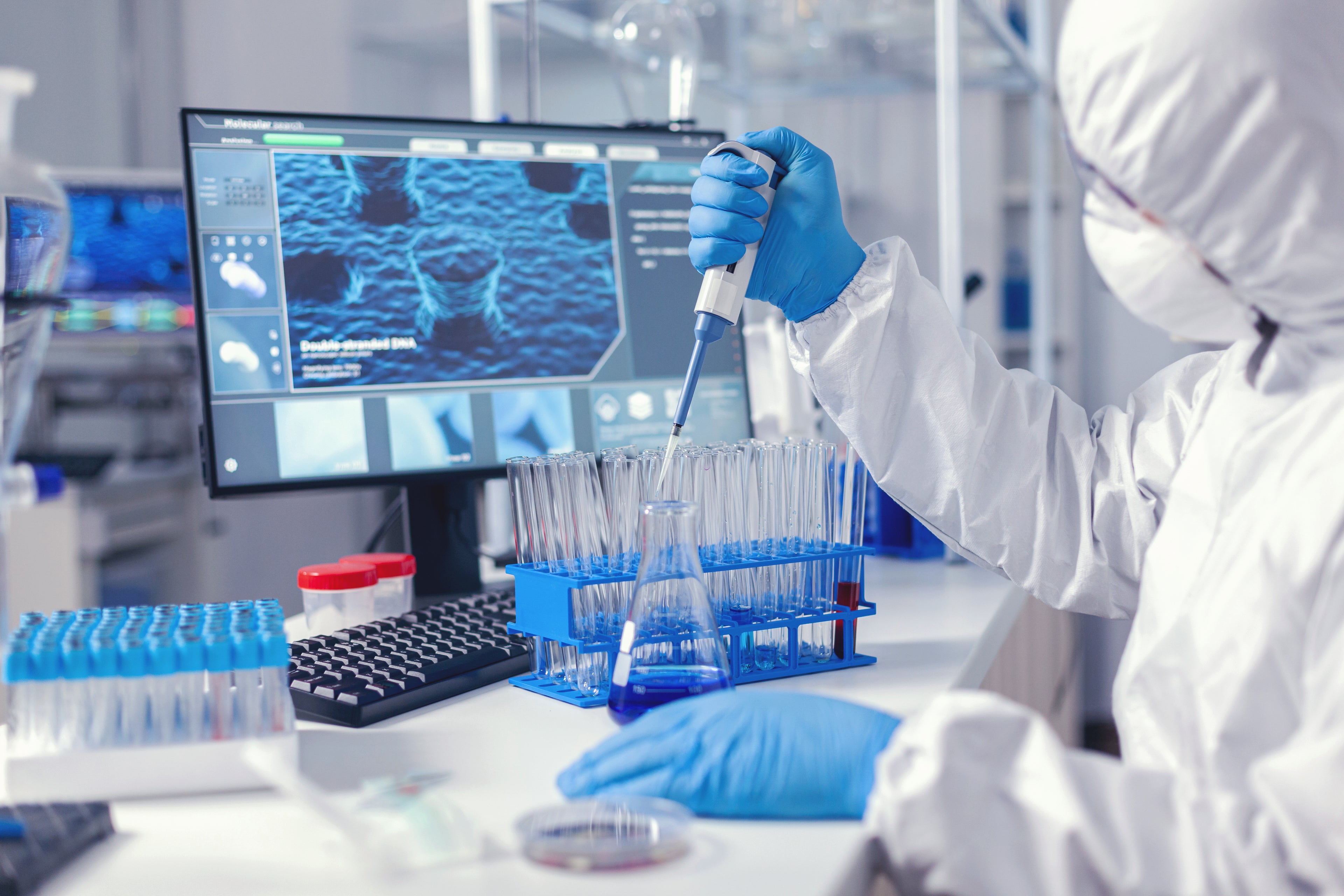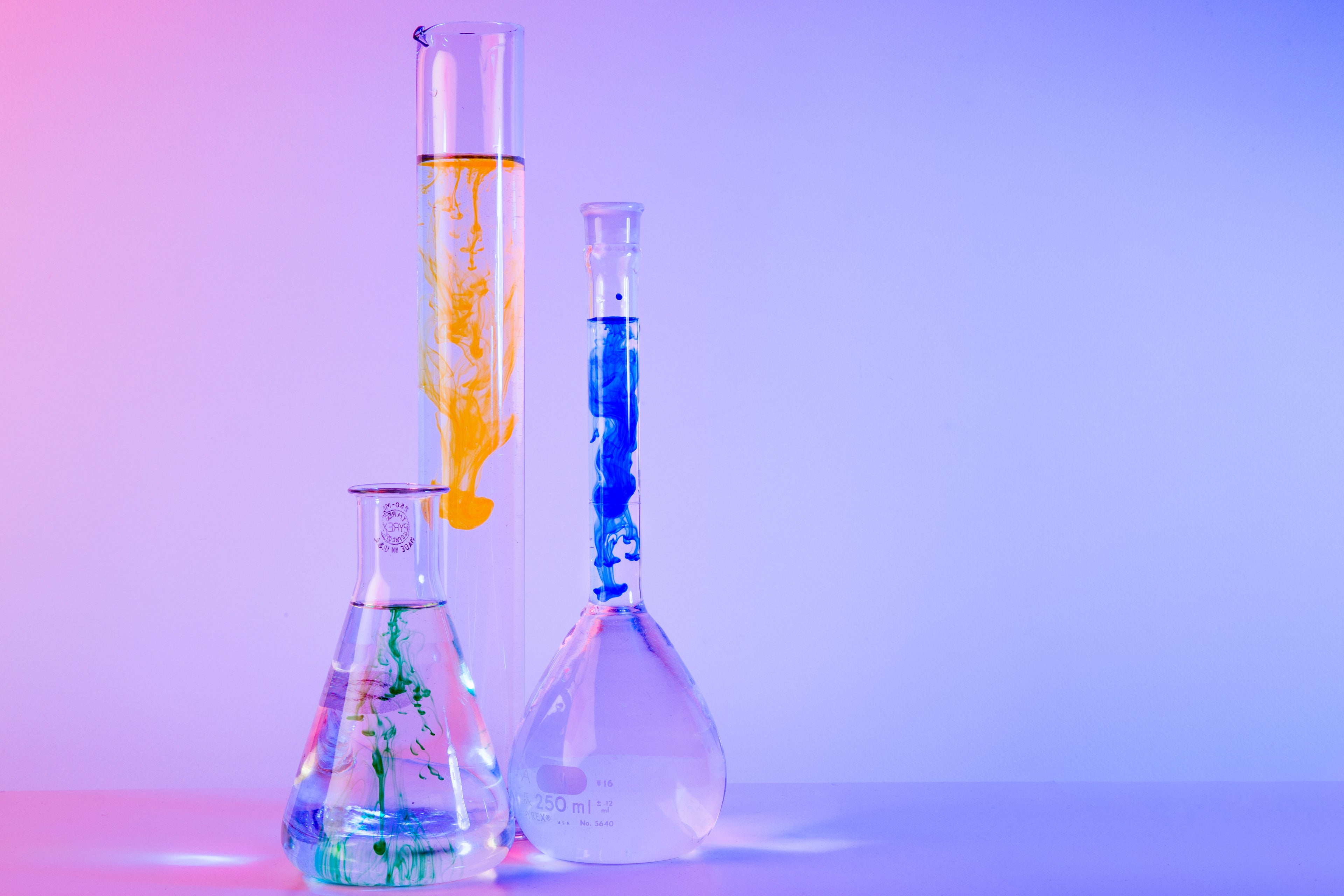One of the most critical health hazards in the world is heart disease, and a major driver of heart disease is high cholesterol. Since statin medications are a traditional cholesterol treatment many individuals turn to all-natural solutions with less side effects. That is where red yeast rice comes in, an ancient healing nutraceutical from Chinese medicine that has more and more science on its side.
In this guide we will talk about red yeast rice – what it does, the science behind it, how to take it and more. If you are dealing with cholesterol, or just looking for systemic cardiovascular support, red yeast rice is a mild and reliable alternative.
What Is Red Yeast Rice?
Contrast this with Red yeast rice which is fermented by Monascus purpureus mold using white rice. Red yeast rice, a substance that is purplish red colored due to the presence of other active compounds (the most notable being monacolin K which identical to lovastatin a prescription medication.
Red yeast rice supplements, therefore, act like statins, inhibiting the liver from making cholesterol. On the other hand, red yeast rice is a complex mixture of multiple compounds, which may contribute to its effectiveness and decreased adverse effects relative to pharmaceutical drugs.
How Red Yeast Rice Supports Heart Health
1. Lowers LDL (Bad) Cholesterol
Top Red Yeast Rice Benefits Lower Bad Cholesterol — of the many possible red yeast rice benefits, lowering low-density lipoprotein LDL with its respect to bad cholesterol may be one of the best known. For example, high levels of low-density lipoproteins (LDL) can cause plaque to accumulate in the arteries and increase risk for heart attacks and strokes.
Numerous clinical studies in the past have clearly demonstrated that red yeast rice reduces LDL levels by 15% to 25%; this is almost as potent as low-dose statins but much better tolerated.
2. Improves Lipid Profiles
While reducing LDL, red yeast rice may also:
- Increase HDL (good) cholesterol
- Lower triglycerides
- Improves LDL/HDL ratio, a crucial risk factor for cardiovascular health
This benefit is fairly well balanced so it can be allowed as part of holistic dyslipidemia management.
3. Reduces Inflammation
Heart disease continues to progress due to inflammation. Some research suggests red yeast rice reduces levels of certain inflammation markers, such as C-reactive protein (CRP), an inflammatory marker associated with damage to the blood vessels and atherosclerosis.
4. Supports Arterial Function
Red yeast rice might help endothelial function, i.e. the ability of blood vessels to expand and constrict as they should. It protects against the rupture (one cause of heart attacks) of plaques by maintaining healthy endothelial function.
The Research: Scientific Evidence
1. 2008- Annals of Internal Medicine
Figure 1: After 12 weeks of treatment, red yeast rice produced a significantly larger 27% reduction in LDL cholesterol in patients, in comparison to those who were treated with placebo for the same periodIn this double-blind controlled study. The researchers also noted reduced muscle-related adverse events as compared to traditional statins.
2. Journal of Clinical Lipidology – Meta-Analysis 2015.
The researchers reviewed 20 studies that were all randomized clinical trials, and every time they found red yeast rice the readings went up -- all three of them.
- Lowered total cholesterol
- Reduced LDL
- only modest effect on triglycerides
While touting its potential benefits as a natural agent that could help lower lipids.
3. 2017 — J Am Coll Cardiol
This analysis also confirmed the efficacy of red yeast rice by saying monacolin K acts like a statin but is better tolerated. They also found that there was a better patient compliance due to decreased adverse events.
Red Yeast Rice Dosage Guidelines
Red yeast rice dosage mostly depends on the product itself — and your health objective. Most of the clinical trials used between 1,200 mg to 2,400 mg daily (and usually in two divided doses).
General Recommendations:
- Start low: 600 mg twice daily
- Check your cholesterol in 6–8 weeks
- Take no more than 2,400 mg/day unless directed by health care provider
If it does not, the Monascus is producing citrinin (a toxic byproduct of poor fermentation) and should be avoided. You should choose a supplement that lists how much monacolin K its got, and has been tested for dangerouse side effects e.g. citrinin
Vitamin Companion - Don't Forget About CoQ10
Red yeast rice, like prescription statins, may also reduce CoQ10 — a key nutrient for heart and muscle health. Low CoQ10 can lead to:
- Fatigue
- Muscle weakness
- Mental fog
Recommended CoQ10 Dosage:
CoQ10: 100-200 mg / day with red yeast rice to protect energy and cardiovascular health.
How to Select a High-Quality Red Yeast Rice Supplement
They were all useful to some degree but the one that actually drove progress was not the most useful. What to Look for in a Red Yeast Rice Supplement
- Third-party tested for purity & potency
- Nothing to hide on monacolin K content with consumer-friendly labelling
- No citrinin contamination
- With CoQ10 or stack separately
- Reputable brand transparency
Additional Red Yeast Rice Benefits
1. May Improve Metabolic Syndrome
Additionally, Red yeast rice can help lower insulin resistance and blood glucose levels in the range of normal—two crucial components for people with metabolic syndrome from recent studies.
2. Might Aid in Weight Managment
While it is not a weight-loss supplement, decreased cholesterol and liver function support can boost an overall healthier metabolism.
3. Potential Liver Support
Red yeast rice can also affect triglycerides, which may lower the risk of fatty liver disease when combined with a healthy diet based on its cholesterol-lowering properties.
Who Should Not Take Red Yeast Rice?
Not right for everyone though it is natural Caramel Hair Tonic should not be used if:
- Are pregnant or breastfeeding
- Have liver or kidney disease
- You are on prescription-strength statins, antifungals, blood thinners
- Are allergic to yeast
- Suffered statin side effects previously
Final Thoughts
Red yeast rice is not just an ancient medicine, but a proven biomedically validated natural supplement that deserves to become the 21st century cardiology. Because of its ability to reduce LDL cholesterol, modulate lipids and aid in arteriosclerosis, it is an interesting alternative for statin alternatives.
Whether you want to stay off a prescription medication, struggle with statin side effects, or just prefer the natural approach to heart health red yeast rice could be right for you.






0 comments